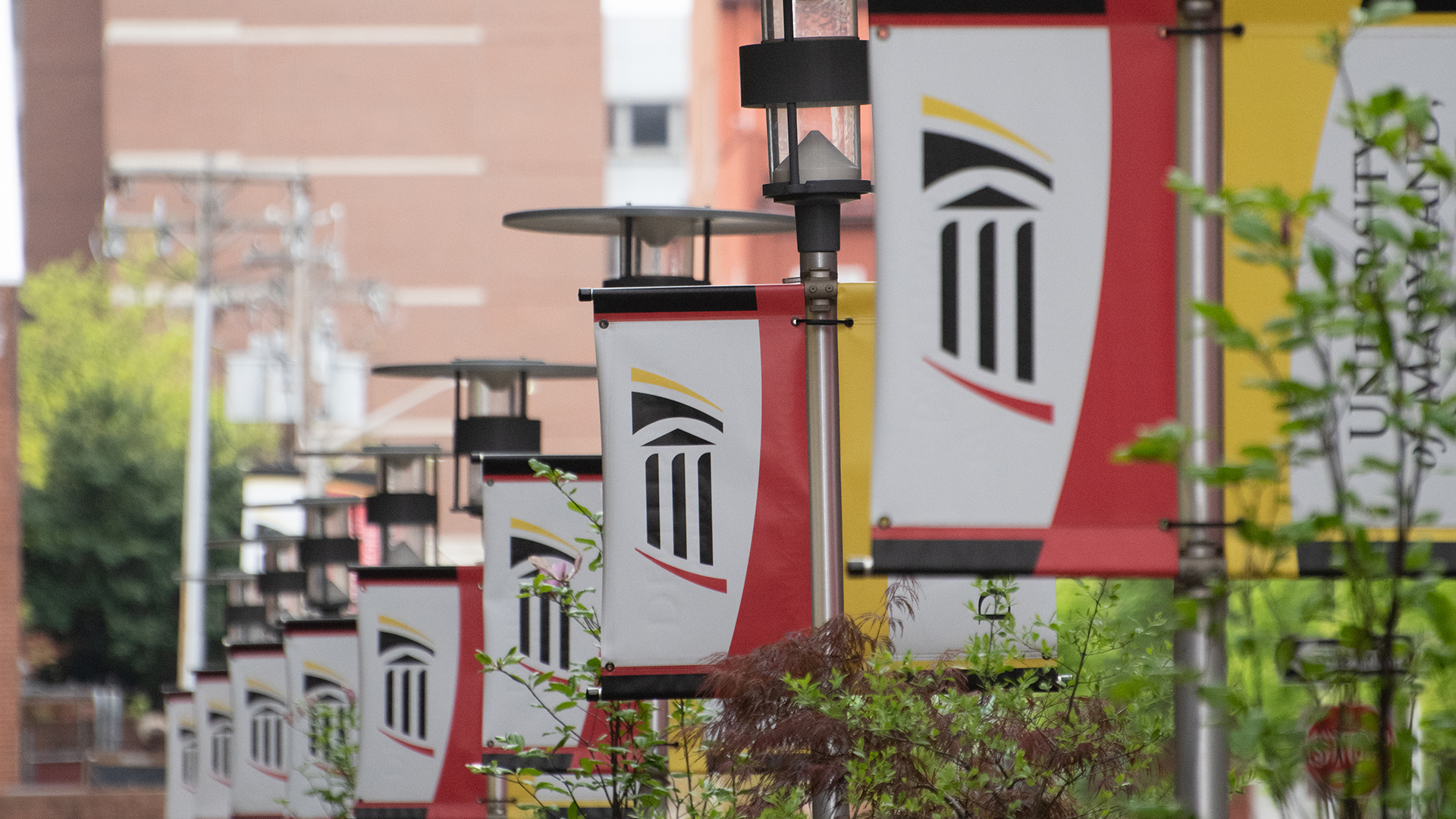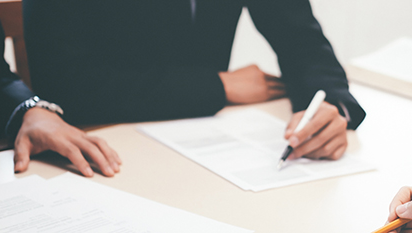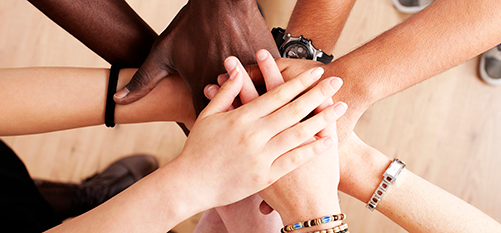Web Accessibility

The University of Maryland, Baltimore is committed to equal access to Web content.
Accessibility (noun): The inclusive practice of ensuring people of all abilities are given equal access to information and functionality.
Maintaining accessible standards and best practices on webpages, documents, services, applications, etc., ensures equal access to UMB’s information and services, courses of instruction, departmental programs, and UMB-sponsored activities.
To provide a specific example, a visually impaired individual may rely on software that reads aloud the contents of a webpage. Images on the web must be properly tagged with alternative text that this software can read aloud.
UMB adheres to the Web Content Accessibility Guidelines (WCAG) 2.0 standard for web accessibility, a stable, referenceable, technical standard” that was developed by the World Wide Web Consortium to guide the creation of accessible websites and web content.
-

UMB Policy on Web Accessibility
The UMB Policy on Web Accessibility, approved in 2019, helps reinforce UMB’s efforts at maintaining a welcoming and inclusive educational and working environment for individuals of all abilities.
-

Educational Support and Disability Services
The Office of Educational Support and Disability Services (ESDS) coordinates services to assist students with disabilities in obtaining reasonable accommodations through an interactive process involving the student and the school.
-

Diversity, ADA and Affirmative Action
The Office of Diversity, ADA, and Affirmative Action is available to advise and assist all staff and faculty with their request for reasonable accommodations.
For more information about accessibility at UMB, or requesting an alternate format, please complete the Web Accessibility Feedback Form.
For web accessibility issues within a school at UMB, please refer to the contact information available here.
For UMB Employees: Maintaining Online Accessibility
Accessibility isn’t just your ethical responsibility, it’s a legal duty as well.
The Section 508 Amendment to the Rehabilitation Act of 1973 requires public sector institutions to make their information technology accessible to people with disabilities.
-
Check if web content meets standards
UMB uses Silktide to scan websites and generate reports on WCAG violations or areas of concern. Equidox and other tools are available to remediate online documents such as PDFs.
-
Making web content accessible
If you create or manage UMB web pages, online documents, or other web content, please review accessibility best practices with the Accessibility Manual for Umaryland.edu.
-
Guidelines for Web Applications
Web application developers should review the Accessibility Guidelines for Application Developers provided by the Center for Information Technology Services (CITS).
-
Web Office Hours
If you edit or manage web content on umaryland.edu, you can sign up for office hours to consult with OCPA’s developers and web content experts. If you work on a school's website, please contact your site owner.
-
Exemptions
In the event a site or application is unable to adhere to the web accessibility standards, you can request a temporary exemption.


